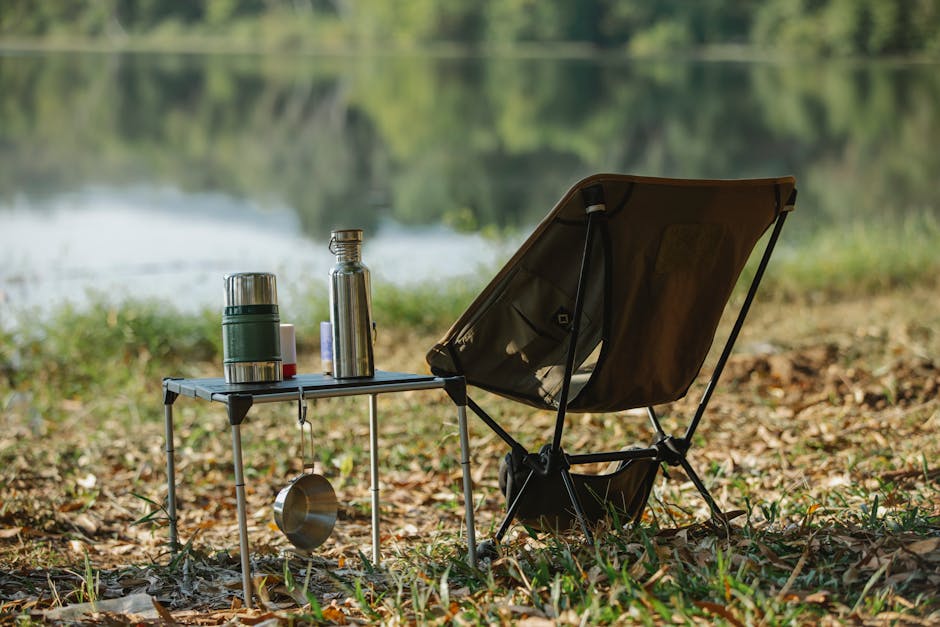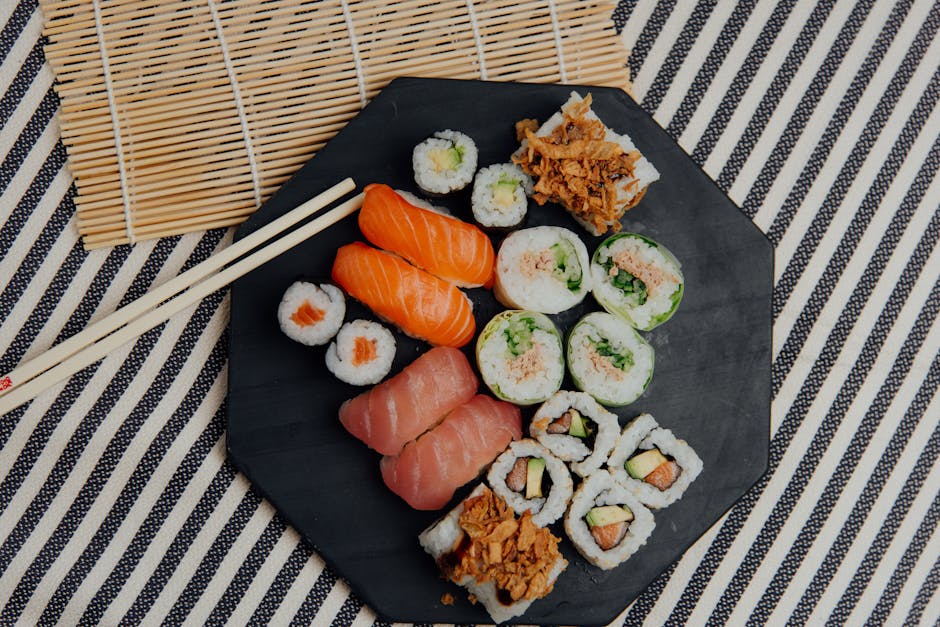Camping Plates: A Comprehensive Guide to Outdoor Dining
Picture this: you’re out in the wilderness, surrounded by towering trees, a crackling campfire, and the tranquil sounds of nature. As the sun begins to set, you gather around a makeshift table with your fellow campers, ready to share a meal together. But wait, what’s missing? The perfect camping plates to serve up your delicious outdoor feast! In this guide, we will delve into the world of camping plates, exploring their importance, types, materials, and everything you need to know to make your outdoor dining experience a memorable one.
The Evolution of Camping Plates
Camping plates have come a long way from the days of rugged metal mess kits. In the past, campers had to make do with heavy, clunky plates that were not always practical for outdoor adventures. However, with advances in technology and design, camping plates have evolved to be lightweight, durable, and versatile, making them essential for any camping trip.
Today, camping plates come in a variety of shapes, sizes, and materials, each designed to meet the specific needs of outdoor enthusiasts. From compact collapsible plates to eco-friendly bamboo options, there is a camping plate for every type of camper.
Types of Camping Plates
When it comes to choosing the right camping plates, the options can seem overwhelming. To help you navigate the choices, let’s explore some of the most popular types of camping plates available:
1. Stainless Steel Plates
Stainless steel plates are a classic choice for campers looking for durability and longevity. These plates are resistant to corrosion, easy to clean, and can withstand high temperatures, making them perfect for cooking over an open flame. While stainless steel plates may be heavier than other options, they are built to last and are a reliable choice for outdoor dining.

2. Melamine Plates
Melamine plates are a popular choice for campers who prioritize lightweight and break-resistant dinnerware. These plates are made from a durable plastic material that is often dishwasher safe and can withstand rough handling. Melamine plates come in a wide range of colors and patterns, making them a fun and stylish option for outdoor dining.

3. Bamboo Plates
For eco-conscious campers, bamboo plates are an excellent choice. These plates are made from sustainable bamboo fibers, making them biodegradable and environmentally friendly. Bamboo plates are lightweight, durable, and feature a natural aesthetic that adds a touch of rustic charm to any campsite.

Materials Used in Camping Plates
When it comes to choosing camping plates, the material used plays a significant role in the plate’s durability, weight, and eco-friendliness. Here are some common materials used in camping plates:
1. Plastic
Plastic plates are lightweight and affordable, making them a popular choice for campers on a budget. However, plastic plates may not be as durable as other materials and can be prone to scratching and warping over time.
2. Aluminum
Aluminum plates are lightweight, durable, and heat-resistant, making them a versatile choice for camping. These plates are easy to clean and are often used for cooking over a campfire. However, aluminum plates can be more expensive than other materials and may not be as eco-friendly.
3. Silicone
Silicone plates are collapsible, making them ideal for campers looking to save space in their backpacks. These plates are heat-resistant, easy to clean, and come in a variety of bright colors. Silicone plates are a great option for those who prioritize portability and convenience.
Choosing the Right Camping Plates
When selecting camping plates, there are several factors to consider to ensure you find the perfect fit for your outdoor dining needs:
1. Size
Consider the size of the plates you need based on the number of campers in your group and the types of meals you plan to prepare. Smaller plates are ideal for snacks and desserts, while larger plates are better suited for main courses.
2. Weight
Think about the weight of the plates, especially if you will be carrying them in a backpack. Lightweight plates are easier to transport and can help reduce the overall burden on your shoulders.
3. Durability
Choose plates that are durable and can withstand outdoor conditions, such as heat, moisture, and rough handling. Look for plates made from high-quality materials that are built to last through many camping adventures.
4. Eco-Friendliness
If sustainability is important to you, opt for camping plates made from environmentally friendly materials, such as bamboo or recycled plastic. These plates are biodegradable and reduce your carbon footprint while enjoying the great outdoors.
Expert Opinions
We spoke to outdoor enthusiasts and camping experts to get their take on the importance of choosing the right camping plates:
“Having the right camping plates can make a big difference in your overall camping experience,” says Sarah, an avid camper. “I prefer lightweight plates that are easy to clean and can withstand the rigors of outdoor cooking.”
John, a seasoned backpacker, adds, “I always look for collapsible plates that save space in my pack. It’s essential to consider both weight and durability when selecting camping plates for long hiking trips.”
Common Misconceptions About Camping Plates
There are several misconceptions about camping plates that can impact your decision-making process. Let’s debunk some of the myths surrounding camping plates:
1. Camping plates are all the same.
While camping plates may seem similar at first glance, there are significant differences in materials, sizes, and designs that can affect their performance and durability.
2. Heavy plates are more durable.
Contrary to popular belief, heavy plates are not always more durable. Lightweight materials, such as silicone and bamboo, can be just as sturdy as heavier options like stainless steel.
Comparative Analysis of Camping Plates
To help you make an informed decision, let’s compare the pros and cons of different types of camping plates:
Stainless Steel Plates
Pros: Durable, heat-resistant, long-lasting
Cons: Heavy, may dent or scratch easily
Melamine Plates
Pros: Lightweight, break-resistant, dishwasher safe
Cons: Not heat-resistant, can chip or crack under pressure
Bamboo Plates
Pros: Eco-friendly, biodegradable, lightweight
Cons: Not as heat-resistant as other materials
FAQs About Camping Plates
Q: Can I use regular plates for camping?
A: While you can use regular plates for camping, it’s best to choose plates specifically designed for outdoor use. Camping plates are often more durable, lightweight, and heat-resistant than traditional dinnerware.
Q: How do I clean camping plates?
A: Most camping plates are easy to clean and can be washed with soap and water. Some plates are also dishwasher safe for added convenience.
To Wrap Things Up
Camping plates are an essential component of any outdoor adventure, allowing you to enjoy delicious meals in the great outdoors. By choosing the right plates based on size, weight, durability, and eco-friendliness, you can enhance your camping experience and make lasting memories around the campfire. So, before you head out on your next camping trip, be sure to pack the perfect plates to elevate your outdoor dining experience.

